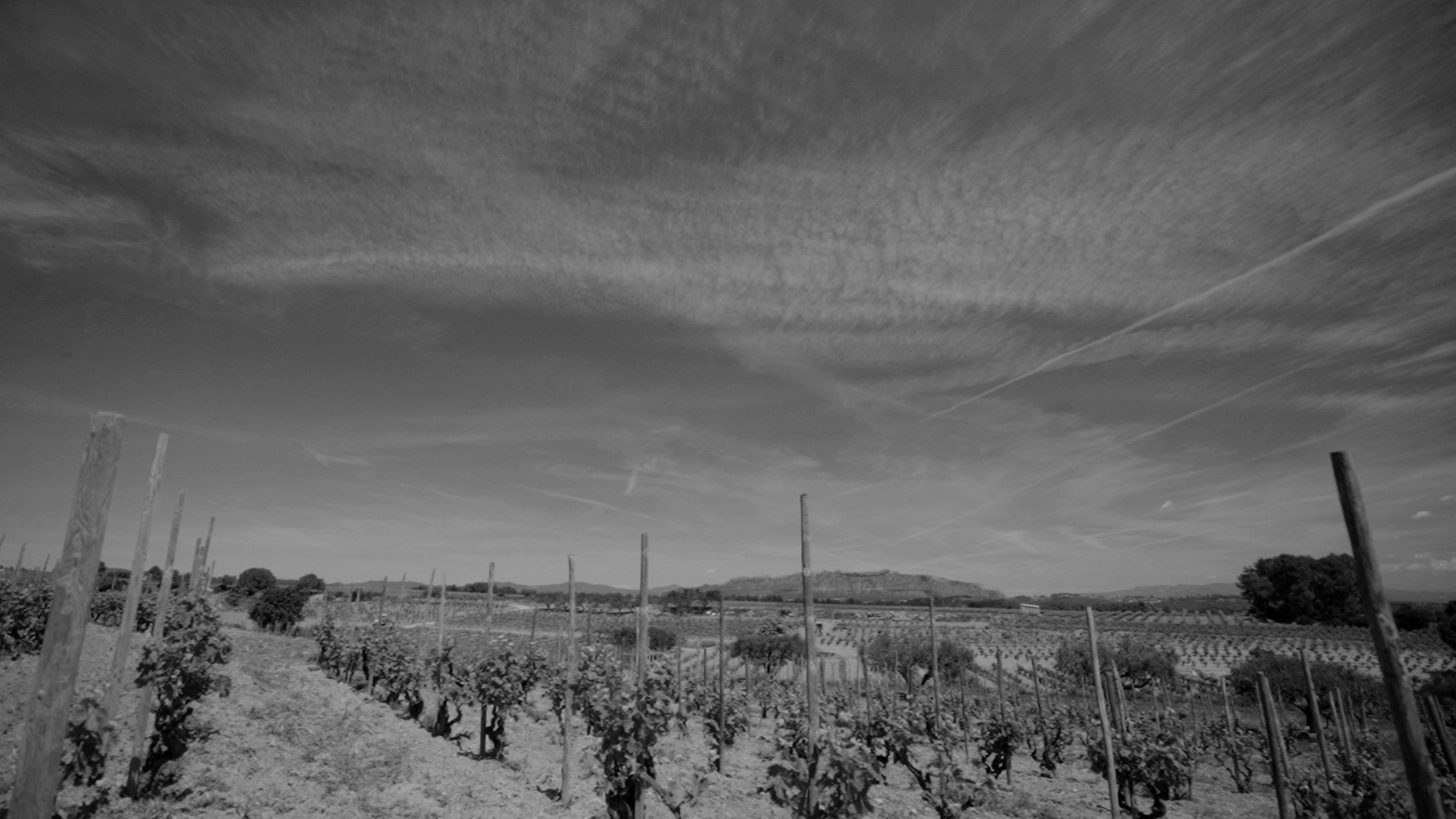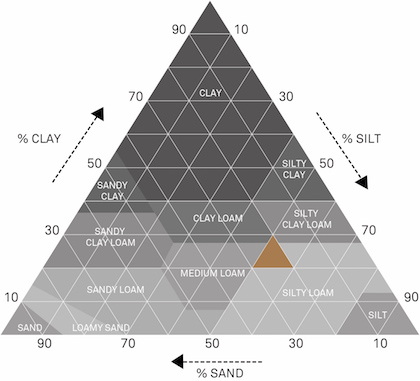2003
Turó d’en Mota
This vintage symbolizes the challenge of creation: the authenticity of the landscape taken to the limit by a sweltering summer that finally gives way to just the right amount of rain that falls when it’s needed, at the end of August. A terroir wine moulded by nature’s implacable desires.
Great challenges forge great characters. That’s why 2003 is a historic vintage that has yielded a long-aged wine with an intense, vibrant character, marked by an indomitable spirit that gradually succumbs to balance, elegance and complexity… Because time calms, reassures and brings wisdom.

2003 HARVEST
- Ideal ripening point and harvest: September 3rd, 2003.
- Manual harvest.
- Annual production of the vineyard: 4.400 kg of grapes.
- 3.378 bottles, each one numbered.
METEOROLOGY
- Average temperature in 2002 – 2003 season: 16,4 ºC
- Historical average temperature: 14,9 ºC
- Rainfall from October 2002 to September 2003: 557 mm.
- Historical average rainfall in Sant Sadurní d’Anoia: 584 mm.
AGEING
- Long ageing of a minimum of 120 months with natural cork stopper.
- Riddling by hand in traditional racks.
- Manual disgorging without freezing the neck of the bottle.
- Vinification, wine-making and ageing in Recaredo.
PRESENTATION
Serve in a tall cup in the form of tulip, broad base and slightly closed upper part
CONSERVATION
Keep this bottle at 15ºC to ensure a good evolution.
RECOMMENDATIONS
To appreciate all the complexity, we recommend opening the bottle a few minutes before and serving it around 10ºC.

LOCATION AND GEOLOGY OF THE WINEYARD
- The vineyard of Turó d’en Mota has 0.97 ha with north and northeast exposure. Only in the extraordinary harvests, such as 2006, is a part of the vineyard of 0.55 ha with Southeast exposure
- Grounds of limestone texture (balance of sand, slime and clay) and very calcareous nature. They are treated with deep and well drained soils, with moderate water storage capacity.
- Soils very evolved due to the presence of a calcium horizon with important accumulations of carbonates in the form of nodules, that is, stones formed from concentrations of lime. They have an active limestone of 14%, which makes them extremely calcareous soils.
- Organic matter of 1.5% (very low) and soil pH of 8.5 (very basic).


